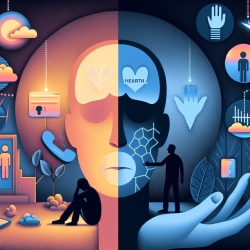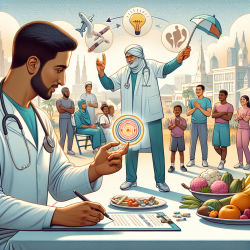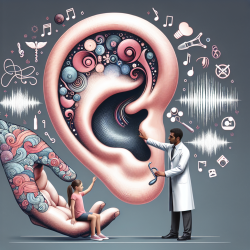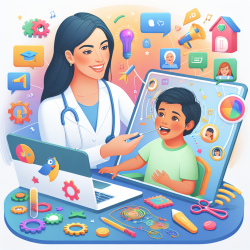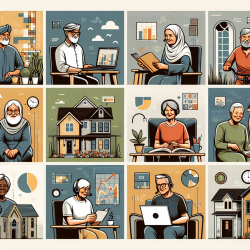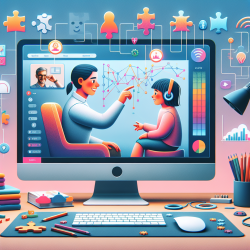Introduction
Cleft lip and palate (CLP) are among the most common congenital impairments, affecting numerous families worldwide. The study "Cleft lip and palate: Parental experiences of stigma, discrimination, and social/structural inequalities" highlights the challenges faced by families in Nigeria due to societal misconceptions and stigma. This blog aims to provide practitioners with insights and strategies to combat these issues and improve outcomes for children with CLP.
Understanding the Research Findings
The study conducted at the Lagos University Teaching Hospital involved 51 mothers of children with CLP. Key findings include:
- 35.3% of respondents believed the cleft was an "act of God," while others attributed it to "evil spirits" or "wicked people."
- 73% of mothers and 59% of fathers expressed shame about their child's condition.
- 22% of families experienced social ostracism from neighbors, relatives, and friends.
These findings underscore the prevalence of myths and stigma surrounding CLP, contributing to discrimination and social inequalities.
Implications for Practitioners
Practitioners can play a pivotal role in addressing these challenges by:
- Educating families and communities about the medical causes and treatment options for CLP, dispelling myths and misconceptions.
- Providing emotional support to families, helping them navigate social stigma and fostering a supportive environment.
- Advocating for inclusive policies and practices that promote social acceptance and integration of individuals with CLP.
Encouraging Further Research
While the study provides valuable insights, further research is essential to understand the global impact of stigma on CLP and develop effective intervention strategies. Practitioners are encouraged to engage in or support research initiatives that explore:
- The effectiveness of public awareness campaigns in reducing stigma.
- The role of healthcare professionals in shaping societal attitudes towards CLP.
- Comparative studies across different cultural contexts to identify universal and unique challenges faced by families.
Conclusion
By understanding the stigma and discrimination faced by families of children with CLP, practitioners can implement strategies to foster acceptance and improve outcomes. It is crucial to view CLP as a facial difference rather than a disability, promoting a more inclusive society.
To read the original research paper, please follow this link: Cleft lip and palate: Parental experiences of stigma, discrimination, and social/structural inequalities.
